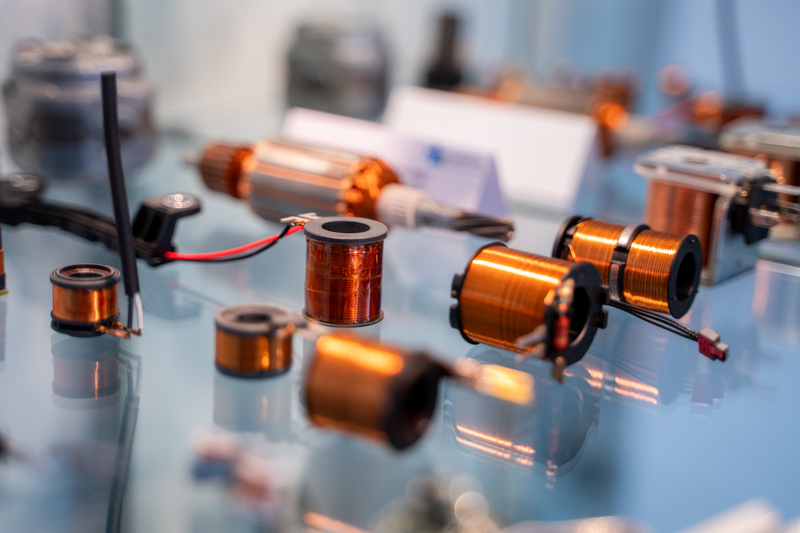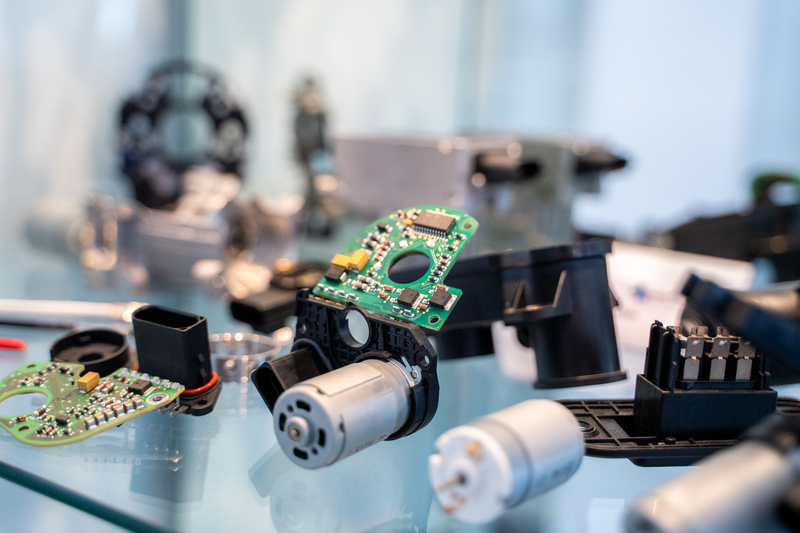Micro-resistance welding
Procedure
Resistance welding is a pressure welding process. Electrodes compress the parts to be connected under pressure and heat. The heat is generated by the current flow in the contact resistance in the connection zone.
Very high currents are introduced into the connecting plane through the flow of electrons. They generate so much heat through the resistance that the metals involved melt and form an alloy.
The circumference of the connection zone depends on the contact diameter of the electrodes. As soon as the energy supply ends, the molten zone cools down: The connection is established.








